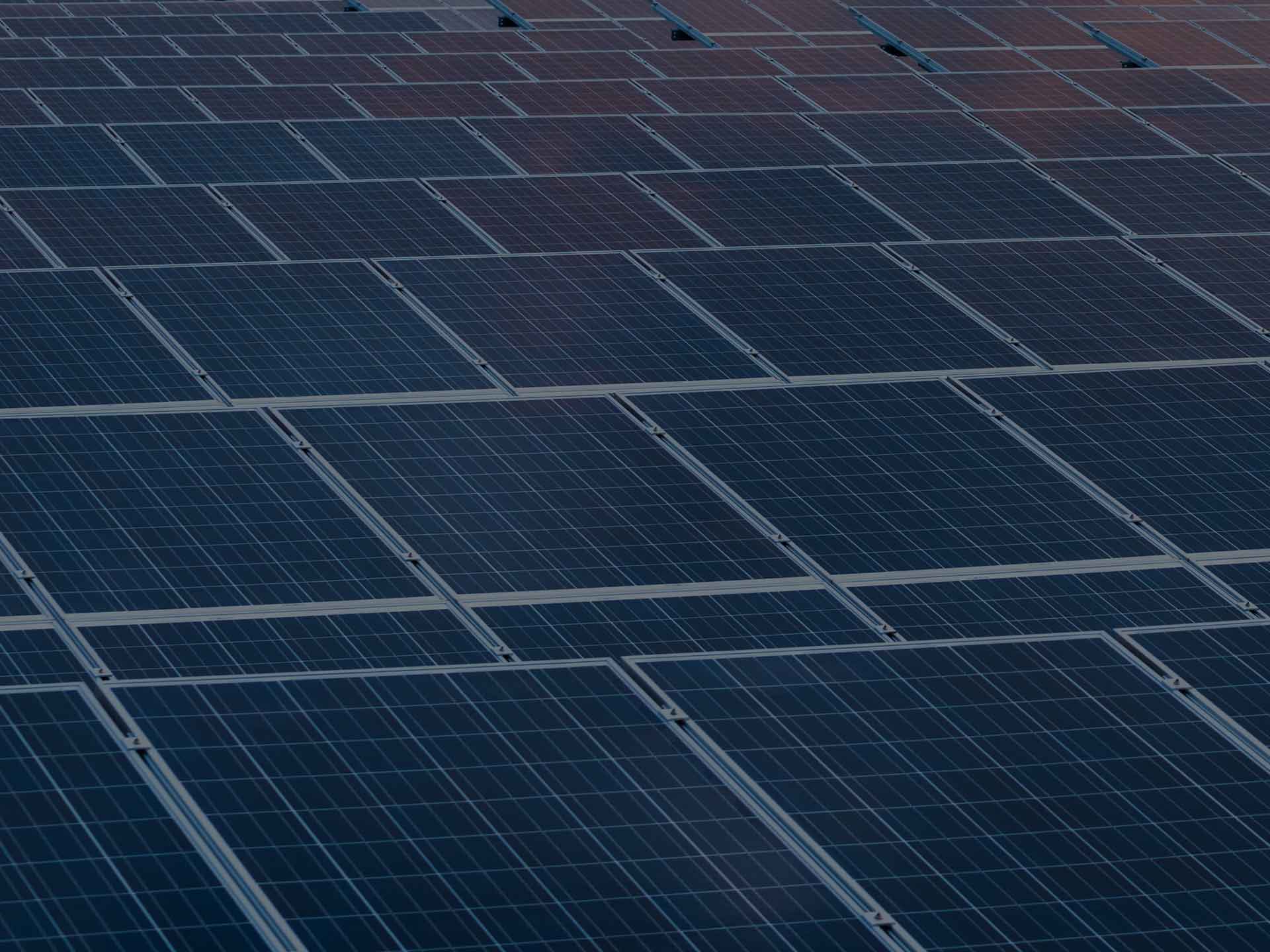Summary
This project established a world class facility to test newly-developed high temperature storage systems and technologies operating at up to 900 degrees Celcius.
Key results
- The project has identified the importance of the correct sealing of the hot air delivery ducting. The original design of the system was to be not completely sealed. It allowed leakage at flanged joints, at the joints in the duct, i.e. along the corners of the duct, at the element insertion holes and at the access holes. It was expected that the leakage would not be critical. Due to the relatively low system pressure, the pressure drop over the PCM thermal energy storage prototype proved to impart a significant back pressure on the system which dramatically increased the air leakage throughout the system. The high air leakage percentage that ensued lead to a poor test system efficiency, high ambient test chamber conditions and put a strain on the heater bank sealing, contributing to a required redesign of the electrical heater bank.
- This project has demonstrated the benefits of an electrically powered heat supply for prototype testing purposes. The electrical heater bank offers a high degree of control over the energy input into the system. Also, it allows the system to run in a recirculation mode, significantly improving the overall efficiency of the test chamber and increasing the system heat-up time.
This project consists of:
Learn more
Need
Technologies that can store solar thermal energy (heat from sunlight) and discharge it on demand to meet user needs will help to make solar energy plants more reliable and improve consumer confidence in them as baseline electricity generators.
Project innovation
This project established a world class facility to test newly-developed high temperature storage systems and technologies operating at up to 900 degrees Celcius. It designed, constructed and tested two thermal storage systems using new materials (called Phase Change Materials, or PCMs) and heat transfer techniques with the aim of reducing the cost of storage technologies. PCMs can store and release large amounts of heat by freezing and melting, and require up to ten times less space than other high temperature storage systems that use molten salts or oil. Reduced storage space lowers the cost of solar energy systems.
Now developed and tested, the new thermal storage technology may be transferred to relevant solar thermal industry partners for integration into future solar thermal power plants.
Benefit
Being able to collect and store heat from the sun for use whenever electricity is needed, will help solar energy play an increased role in meeting Australia’s energy needs. This project directly contributed to reducing the cost of electricity generated by solar thermal power plants.
The test facility is now available to solar thermal researchers in research institutions and industry around the world to test and demonstrate prototype high temperature storage systems.




